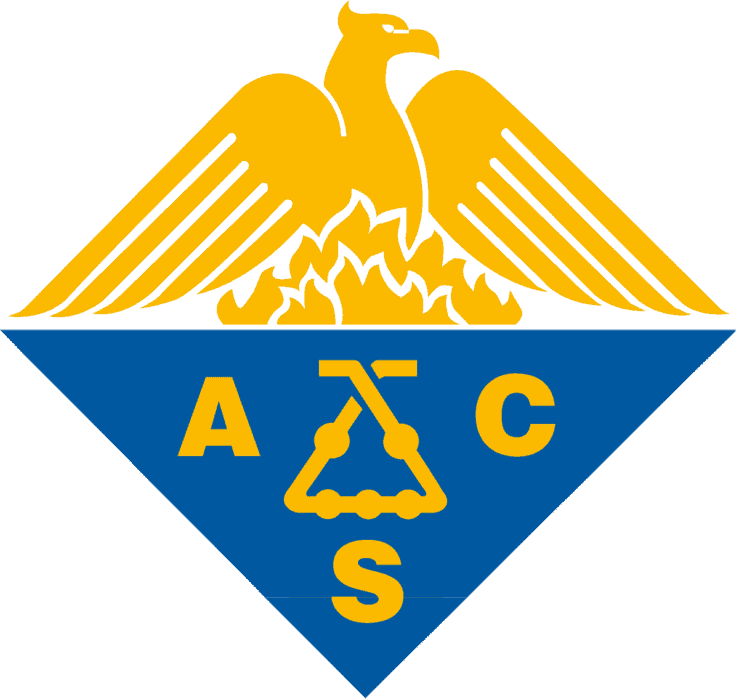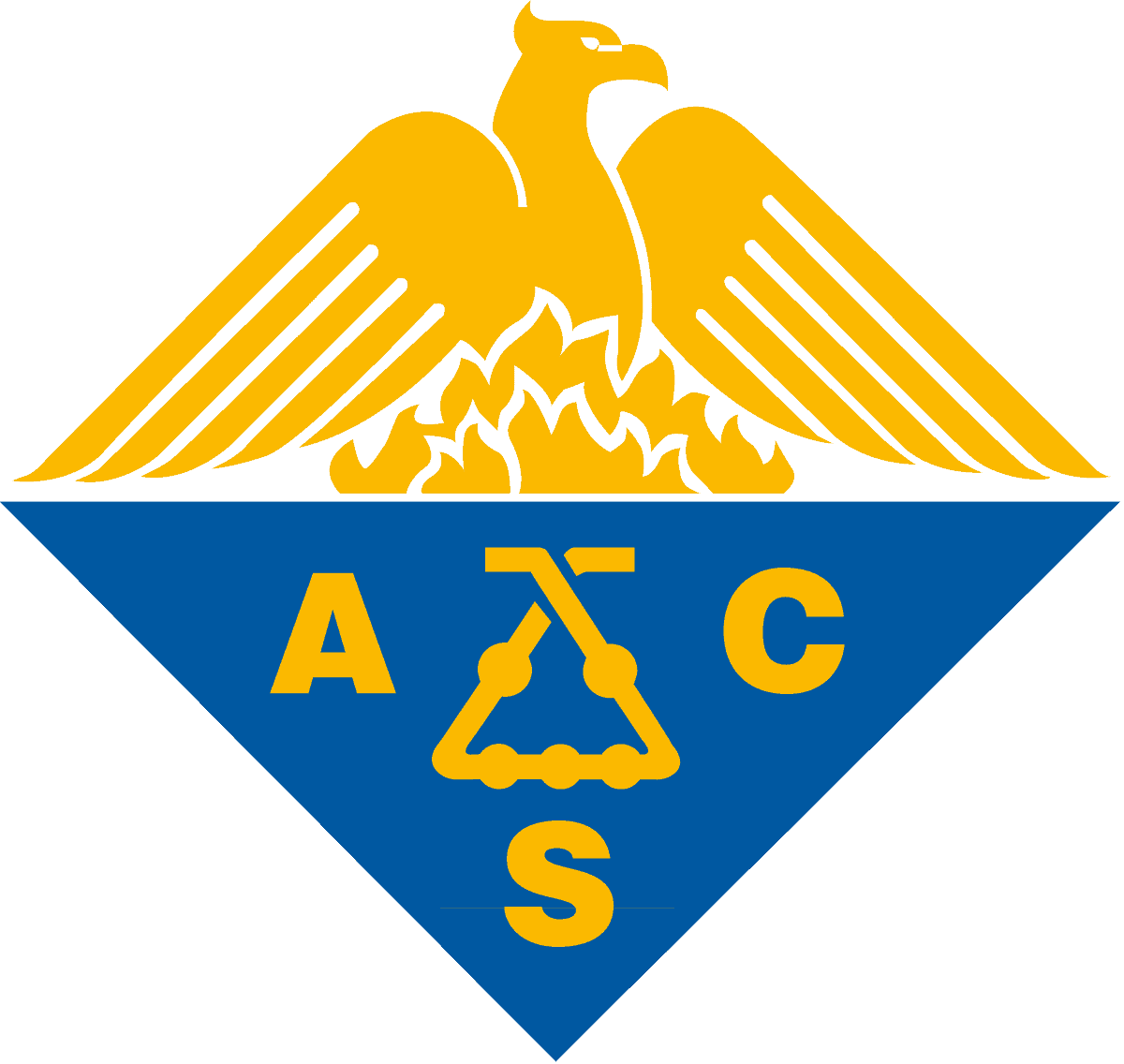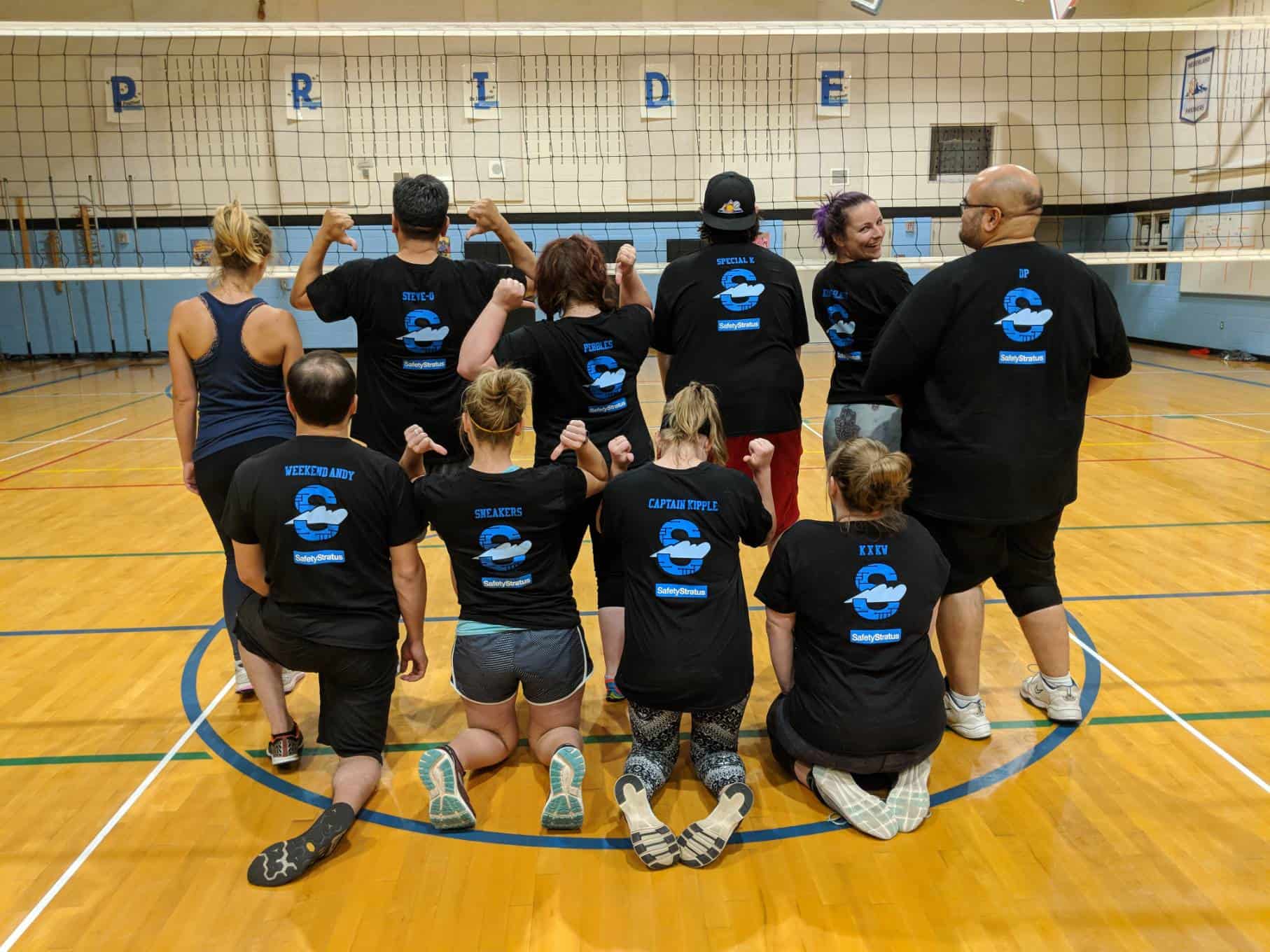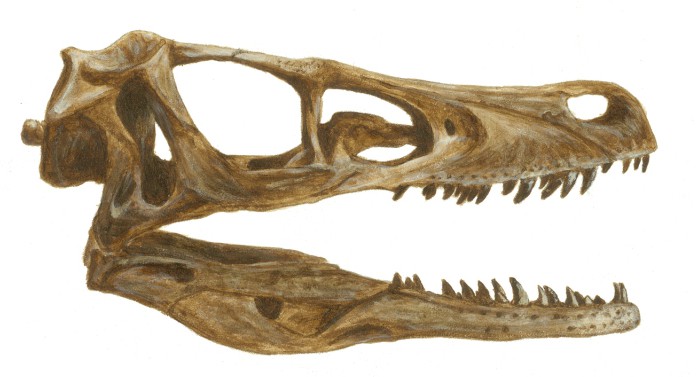Having begun with a childhood curiosity about herbal folk remedies, ACS President Bonnie A Charpentier may have had an unusual introduction to the scientific field, but her life has always been touched by it. Consequently, that is the center of her campaign for the next year of ACS, touching lives with science. In her inaugural article as president of the ACS, Chapentier begins by highlighting her career in science and specifically bringing to light the different ways being an ACS member has shaped her life. Chapentier met her husband through ACS, got engaged at a national meeting, and traveled with him to a regional meeting right after their wedding. Additionally, when she transitioned to California to follow her husband’s career pursuit, Chapentier claims that ACS contacts laid the groundwork for her own career, the culmination being her ACS presidency. In her own words, “I’ve had many jobs in ACS, and I’ve learned a lot from all of them. But being in the presidential succession is the most fun because I get to communicate with so many people and to hear their ideas, their aspirations, and the ways they want to participate.” She invites members to email her with any and all suggestions for ACS’s improvement (b.charpentier@acs.org) and claims that her whole goal in writing the article was to “encourage that human connection.”
Chapentier illustrates her desire to connect ACS members by announcing her focus platforms for the upcoming year. She details plans to “build on a program started by ACS presidents Allison A Campbell, the Speaking with Congress Advocacy Workshop,” which helps ACS members employ better tactics of advocacy through local sections and virtual meetings. Also, Chapentier hopes to foster ways of employing chemists by communicating with small companies and hosting a symposium for academic-industrial partnerships. Towards the end of her campaign goals, Chapentier espoused “2019: The International Year of the Periodic Table” as a celebration which she hopes will “establish interesting and fun programs locally and to collaborate in a noncompetitive space with other societies around the world.” As such, she is making real her mission to enact program cooperation across “local sections, international chapters, and student chapters.” At every level, from local communities to other nations, connections with ACS is an obvious priority.
Finally, Chapentier states that, “ACS must support members in their careers and in their desire to contribute to the greater good.” Concurring with this desire to support members is Chapentier’s platform for promoting safety. “In 2018, ACS president Peter K. Dorhout emphasized laboratory safety, and I fully support that continuing effort. My 2019 focus is on safety writ large: safety in the environment.” Chapentier believes that Chemistry is fundamental to safety efforts. The best way to contribute to lives is to propel them in the same positive direction. The best way to advance ACS and highlight relevancy is to make safety a priority in the scientific field, and to expose how science is key to safety. Chapentier will initiate “working with the ACS Division of Chemical Health and Safety and other sponsoring divisions on national meeting programming on the following topics: bridging the (safety) gap between academia and industry, chemical safety issues in disaster recovery, and safety and the environment: Chemistry’s impact on water.” These initiatives take science out of the intellectual realm alone, and make it extremely practical in light of our current national issues. Science for human connection seems very tangible in 2019.




